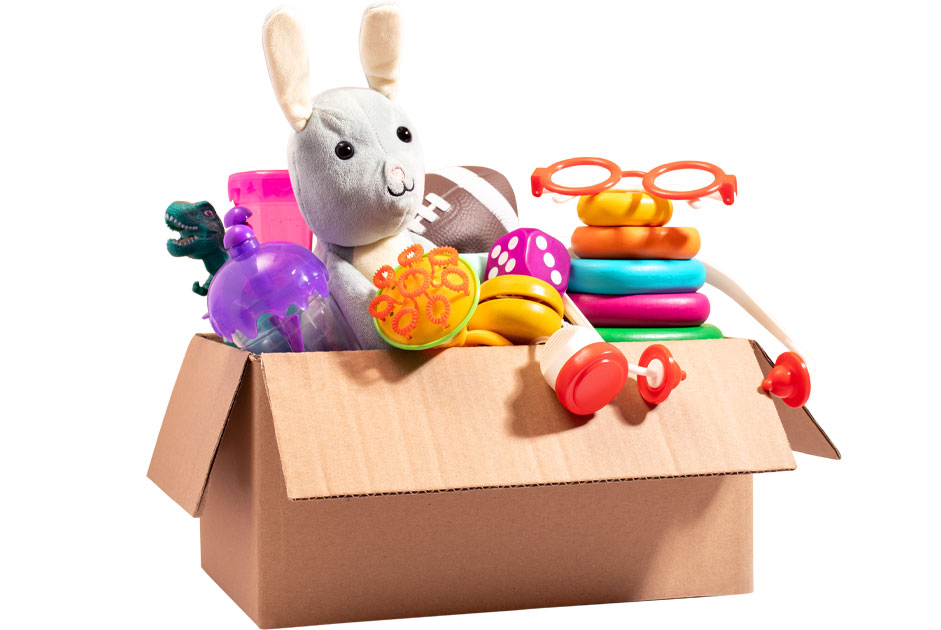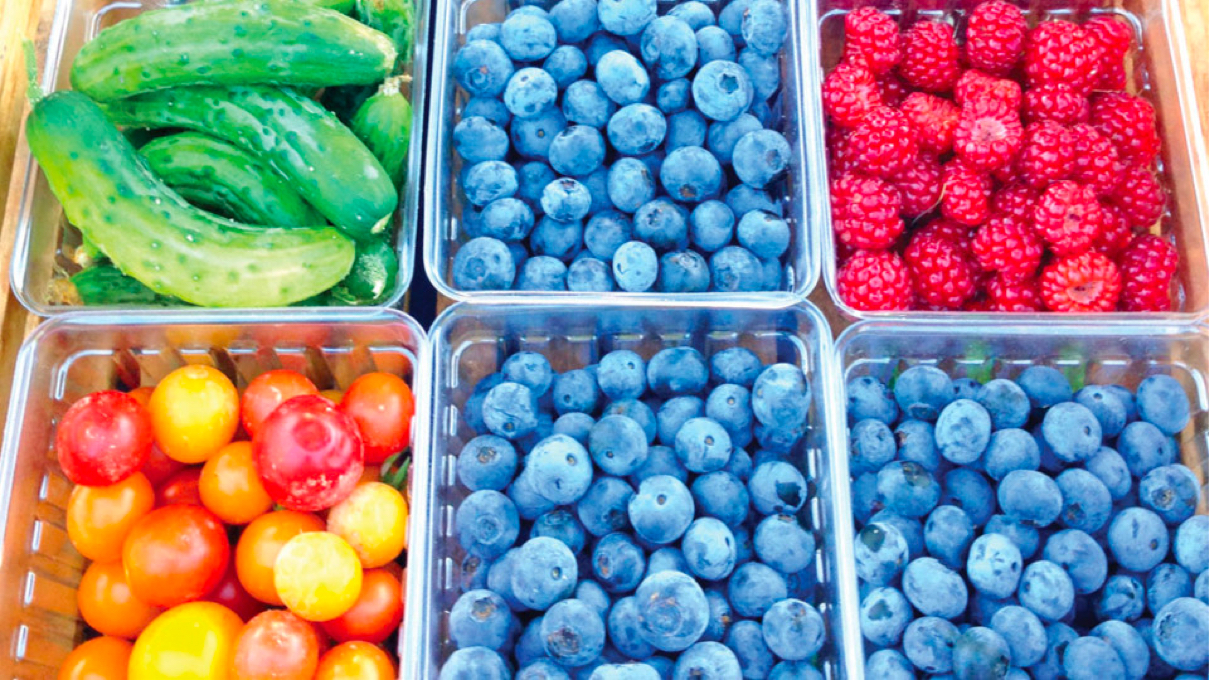The saying, “March winds and April showers bring May flowers” was first recorded in 1886 and, over the years, it was shortened to a version we are more familiar with – “April showers bring May flowers.” The history of this proverb is credited to a poet in England. Thomas Tusser penned the phrase, “Sweet April showers do spring May flowers” as part of a longer poem written in the mid 1500s. Poetry analysts suggest it’s more likely a metaphor for patience when going through challenging things and the promise of better days ahead than it is an accurate description of seasonal weather patterns. However, as the reference to April showers originated in the United Kingdom where it tends to be especially wet, it could be that Tusser was simply acknowledging the sogginess that ushered in the start of spring.
Regardless of the meaning, we have widely accepted this adage as true, but is it? If you are talking about the volume of rain in April compared to other months for the overwhelming majority of the US, then no. April is actually the fifth wettest month of the year (National Centers for Environmental Information). However, if you are speaking of rain showers, then yes, April does have more showers than any other month, regardless of where you live in the country. Why is this? The answer lies in understanding the distinction between “rain” and “rain showers.”
Rain: The result of the boundary shared by two bodies of air. These fronts can span hundreds of miles and consist of many cloud types. The clouds create precipitation that can last for days across a large geographical area, producing a lot of rain and, sometimes, flooding.
Rain Showers: The result of the jet stream moving northward, changing the air pressure and leading to an explosion of cumulus clouds (the white, fluffy ones) produce rain showers. The cloud groupings are smaller than those of a frontal rain, and the precipitation typically only lasts several minutes to a few hours which means…less rain.
The real wisdom in the proverb “April showers bring May flowers” may be that it signifies spring has officially arrived and it is time to head outdoors, enjoy the warmer temperatures, appreciate the rain showers, grab a shovel or trowel, and get busy with gardening activities!
National Gardening Day: April 14, 2025
April, National Gardening Month, falls within the spring season for most of the country when conditions are suitable for planting. April 14th is highlighted as a day to celebrate this satisfying pastime as well as encourage gardeners and would-be gardeners alike to launch a year of homegrown delight of one kind or another – flowers, vegetables, herbs, houseplants, etc. Whether you live on a multi-acre property where alley cropping is possible, a postage-stamp-sized lot that is better suited for a raised garden bed or an apartment where small container gardens on a windowsill or balcony is best, you can have a beautiful garden with a little effort and access to sunlight, water and soil (unless you opt for a hydroponic garden). The types of garden and potential planting spaces are as vast as your imagination. Here are a few ideas to get you going on your gardening journey.
Ten Garden Ideas:
- Vertical – Use trellises, wall planters or other vertical structures for growing climbing plants, vegetables or roses.
- Container – Select repurposed items like wood pallets, mason jars, baskets and buckets to grow herbs, flowers or other plants.
- Themed – Get creative with this project – fairy, Zen, rock, pollinator, edible, butterfly, Mediterranean, hummingbird, etc.
- Art – Choose plants for artistic purposes (e.g. flowers that produce dyes, grasses for weaving or plants to dry for decoration).
- Monochromatic – Use any color as the base, and select a variety of plants to create different shades and hues.
- Formal – Create a balanced, symmetrical design with a geometrical pattern and straight lines.
- Wildlife Friendly – Provide a garden haven with an assortment of plants that offer food and shelter for all sorts of wildlife.
- Succulent – Use any container with drainage holes to create a beautiful and resilient arrangement that is very forgiving.
- Cottage – Plant a variety of perennial and annual flowers in an informal crowding manner (vegetables and herbs optional).
- Meditation – Use a balcony, patio or corner of the yard to design a peaceful environment that is perfect for relaxing.



















